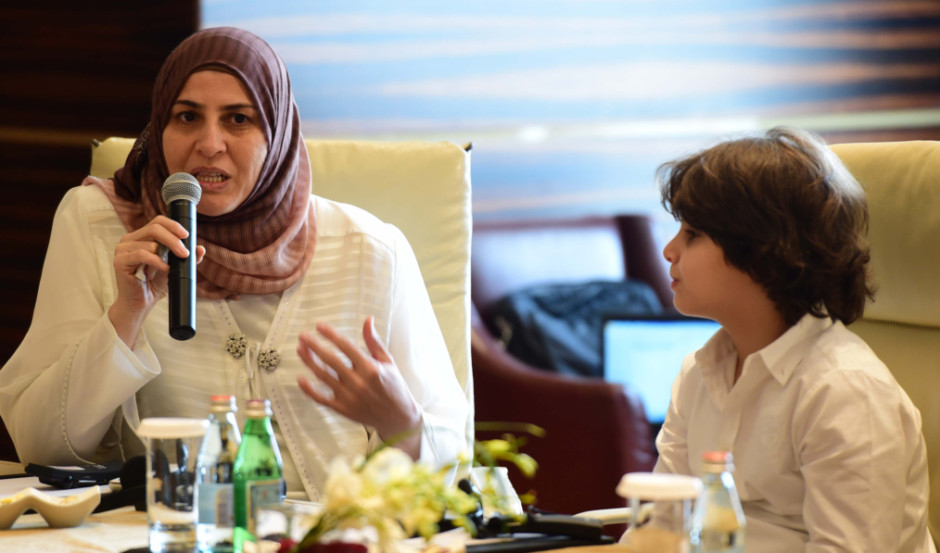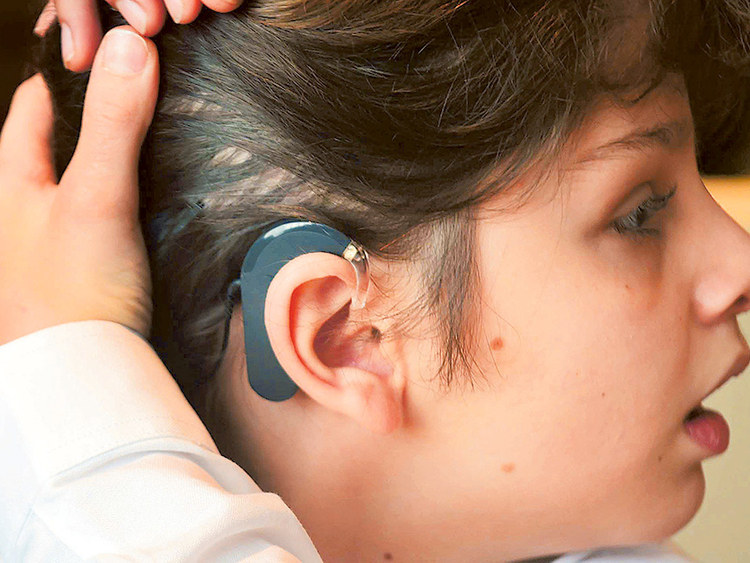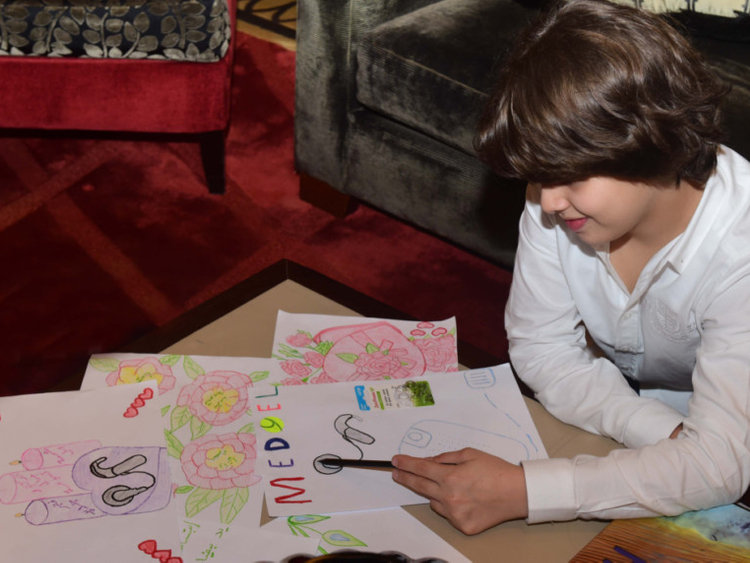
Dubai: Do you ever find it hard to hear? If you do, you could be among four per cent of people in the UAE who are estimated to suffer from impaired hearing.
And while many in the country think that old age is the main cause of hearing loss, most people still wait about a decade before getting tested.
However, the topic of hearing loss is “still in general shadowed by stigma and negativity,” said David Raetz, regional chief of Austrian hearing implant firm MED-EL. While there are no official estimates made on the number of hearing-impaired people in the UAE, MED-EL has come up with the figure after three successive surveys taken across the country. The World Health Organisation puts the percentage of people in the region who have disabling hearing loss at 3 per cent.
Governments also have to count the cost of having deaf and hearing-impaired citizens, he added.
In the United States, the per-person lifetime costs of untreated hearing loss is estimated at Dh1.4 million, due to reduced productivity.
On Monday, the firm released the results of a survey, with data drawn from 451 people across the UAE — including those with hearing loss.
For around two thirds of people surveyed, the main fear of losing hearing is the fear of being unable to build meaningful relations with others.
This was followed by the fear of having less opportunities in work and studies.
Hearing aids — either externally attached or implanted in the ear — are generally used by people who suffer from partial hearing loss.
But for those who are either severely or completely deaf, the only options are in the form of cochlear implants or auditory brainstem implants installed deeper inside the head.
Implant reality
Auditory Brainstem Implants — which are surgically installed into the brain — are by far the rarer of the two, and are used for people who have nerve damage.
But for those who have not heard anything in years, or were born deaf, getting hearing implants seems like a new lease of life.
Eleven-year-old Anas Saloota, a Syrian expat boy who lives in Dubai with his family, had a single cochlear implant installed when he was just 2 years and 3 months old. While he was born completely deaf, he now hears clearly — especially after a recent upgrade to the implant’s external part.
“I am growing just like everyone else,” he said. The external part of the implant is buried behind Anas’s bushy hair. “I am very thankful to be able to speak.” “He is practising his normal life, he is speaking just like one of us, he plays sports, he’s swimming, he’s drawing,” said his mother, Hala Fares. “I encourage all parents who went through this, I encourage them 100 per cent to have a cochlear implant installed, to give their children a proper life.”
What is Cochlear implant
Cochlear implants, which were first developed in the late 1970s, are a far more conventional option. They consist of two parts. The first part, which is attached outside the ear, is made up of a microphone, processor and transmitter coil, powered by a battery pack.
The coil sends signals through a thin wire receiver surgically implanted into the inner ear.
The brain then interprets the signals into sounds and speech — a process that requires plenty of calibration through appointments with a hearing specialist.
As cochlear implants only capture a fraction of the sounds that can be picked up by the brain, most people who receive them take some time to interpret what they hear. The learning process takes anywhere from six months to two years.
A single implant, along with the necessary calibration and support, can cost an average of Dh150,000, MED-EL executives say.
Numbers
81 per cent: people surveyed with hearing loss who agree that their peers might not have the same chance to enjoy the same social relations as other people
71 per cent: hearing loss patients who report better hearing following treatment — in the form of hearing aids or implants
66 per cent: parents of children with treated hearing loss who said their child’s most preferred sound is their parents’ voice
10 years: the time frame it takes for adults to first notice signs of hearing loss and eventually get tested












